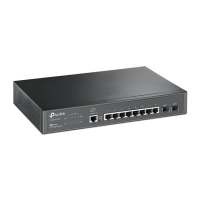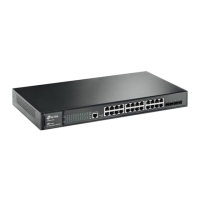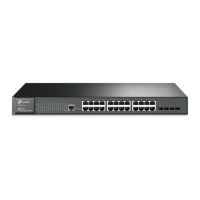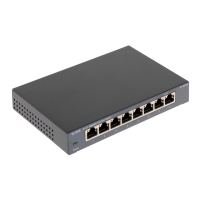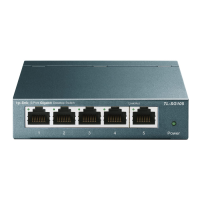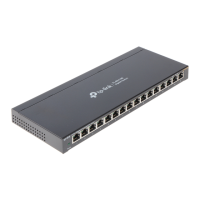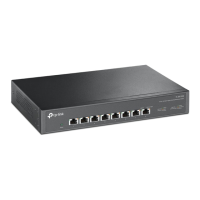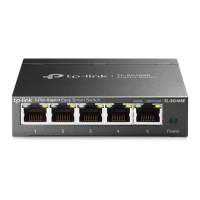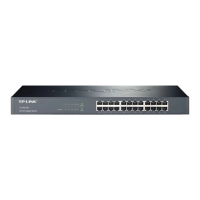374
passive-interface
Description
The passive-interface command is used to prevent an interface from sending
OSPF packets. To restore to the default settings, please use no
passive-interface command. The interface is allowed to send OSPF packets by
default.
Syntax
passive-interface { { fastEthernet | gigabitEthernet |
ten-gigabitEthernet } port | loopback id | vlan vlan-id }
no passive-interface { { fastEthernet | gigabitEthernet |
ten-gigabitEthernet } port | loopback id | vlan vlan-id }
Parameter
fastEthernet | gigabitEthernet | ten-gigabitEthernet —— The port type of the
interface.
port —— The port number.
id —— The interface loopback ID.
vlan-id —— The interface VLAN ID.
Command Mode
Router Configuration Mode
Example
Prevent interface VLAN 1 from sending OSPF packets in routing process 1:
T2700G-28TQ(config)# router ospf 1
T2700G-28TQ(config-router)# passive-interface vlan 1
passive-interface range
Description
The passive-interface range command is used to prevent several interfaces
from sending OSPF packets. To restore to the default settings, please use no
passive-interface command. The interfaces are allowed to send OSPF packets
by default.
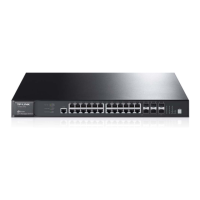
